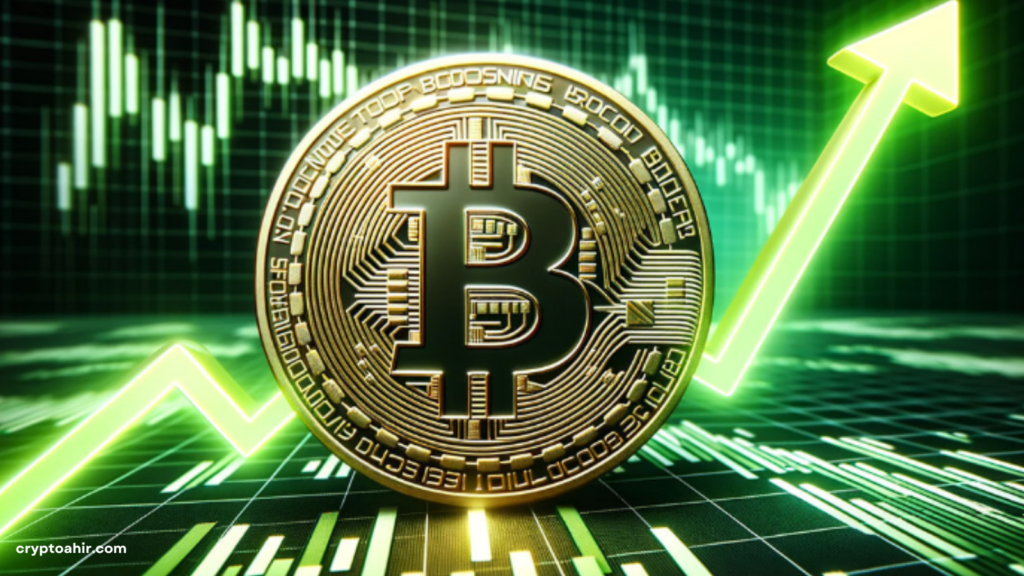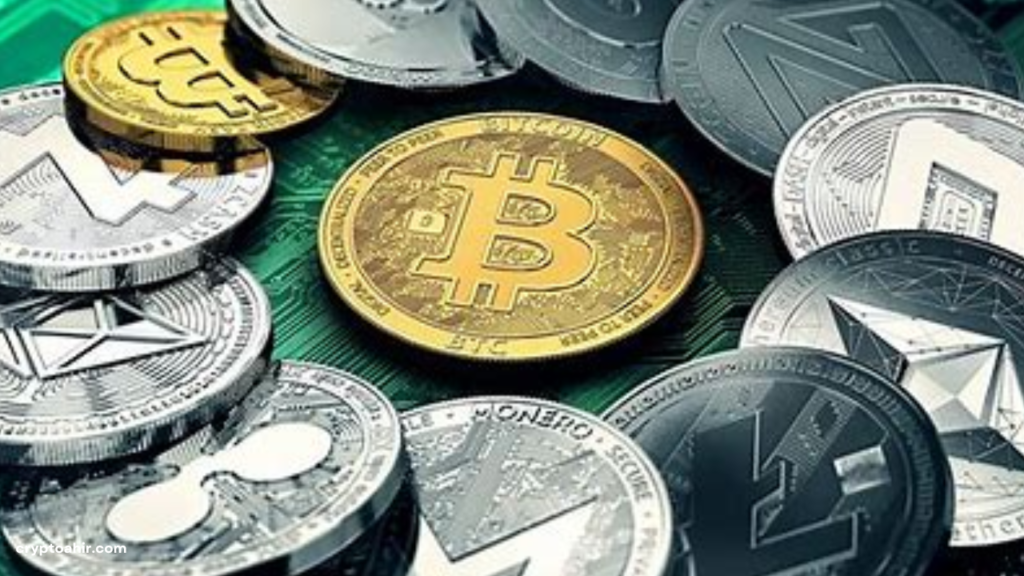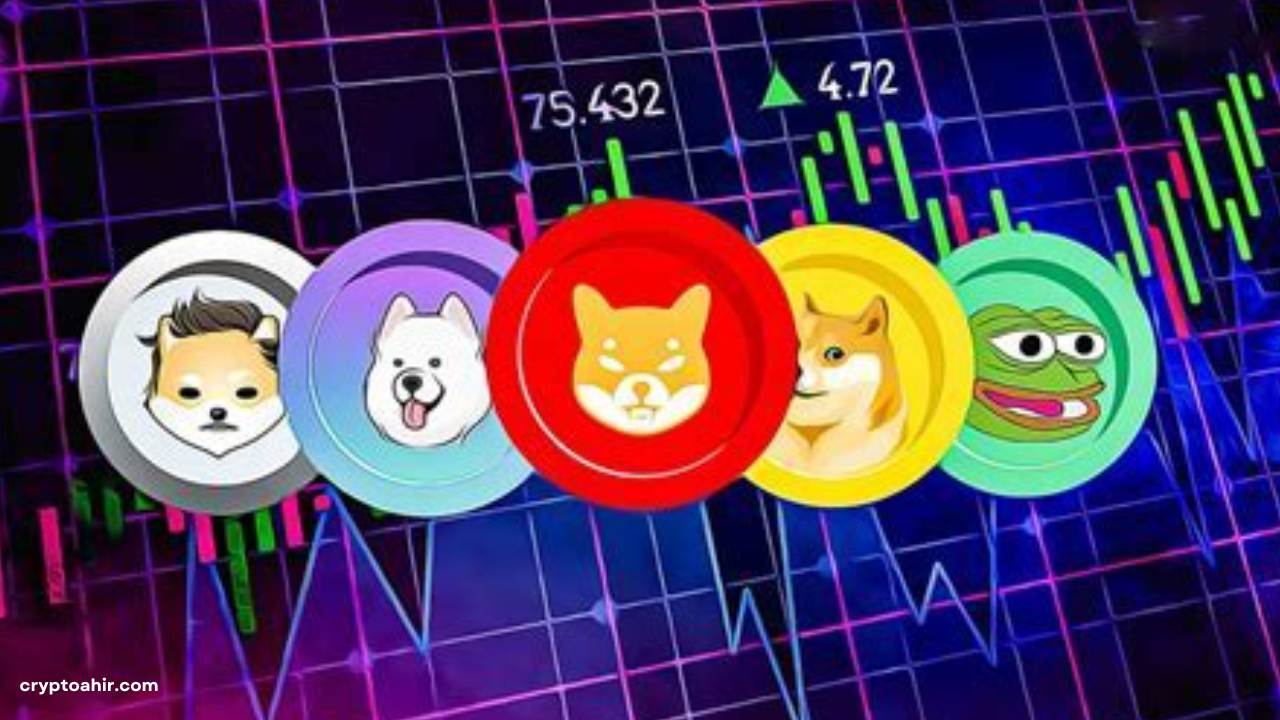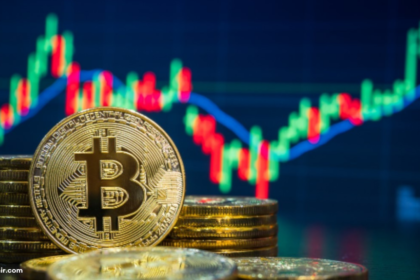Contradictions have always existed in the cryptocurrency space: open finance frequently rides social virality waves, innovation clashes with memes, and infrastructure meets speculation.
However, the present memecoin frenzy is one of the developments that most clearly illustrates this conflict.
In addition to attracting interest and liquidity, memecoins have emerged as the most noticeable entry point to Web3 in significant ecosystems such as Solana, Base, and innumerable others.
The question of what sort of culture we are creating and how it will be viewed has been sparked by this.

Memecoins’ Ascent
There is nothing new about memecoins. They have always been at the nexus of comedy, conjecture, and community, from $DOGE and $SHIBA to $PEPE. But memecoins have accelerated to a completely new level in the current cycle, especially throughout Solana and Base.
More than 85% of new token releases on Solana in Q1 2024 were memecoins, thanks to technologies like Pump.fun that allow for quick and inexpensive deployment.
Tokens like $WIF (Dogwifhat), $BOME, and $POPCAT were generating over $3 billion in 24-hour trading volume at the height of the frenzy, often surpassing Solana’s DeFi and NFT activity combined.
A analogous cultural wave has been witnessed by Base, an Ethereum L2. Memecoin experimentation has been drawn to it because to its low fees, robust Farcaster-native communities, and ease of use.
On-chain data indicates that Base saw some of its biggest user engagement and transaction volume during memecoin trade surges in Q1 2025, and projects like $DEGEN and $TOSHI have gained tremendous momentum.

The Issue of Edgelords
There has been a noticeable blurring of the lines between cultural insensitivity and meme-driven fun mis certain areas of this movement.
Tokens have been introduced that make reference to upsetting people, racist epithets, and terrible real-life incidents. In one recent instance, a token was introduced right after Pope Benedict XVI passed away, and it traded like a meme in response to the news.
“Twitter is for pimping, Farcaster is for building,” said the official Base Twitter handle in a now-deleted post, leveraging the cultural moment. While some saw this as a humorous community signal, others saw it as a reflection of the market’s changing mood.
When Noise Is Chased by Liquidity
Second-order effects also exist. Memecoins drain liquidity from basic initiatives as they absorb societal attention. The reward loop of memes may make it difficult for builders working on RWA protocols, identity layers, or public infrastructure to recruit, hire, or scale—not because they aren’t creating value.
As a result, the cryptocurrency market starts to resemble a fast-paced content economy where the most ridiculous ideas prevail, even if only briefly. And when that time comes to an end, retail consumers are frequently left holding the bag after being harmed by social carpets or pump-and-dumps.
This doesn’t assist organizations and regulators who already have trouble telling the difference between conjecture and substance.








